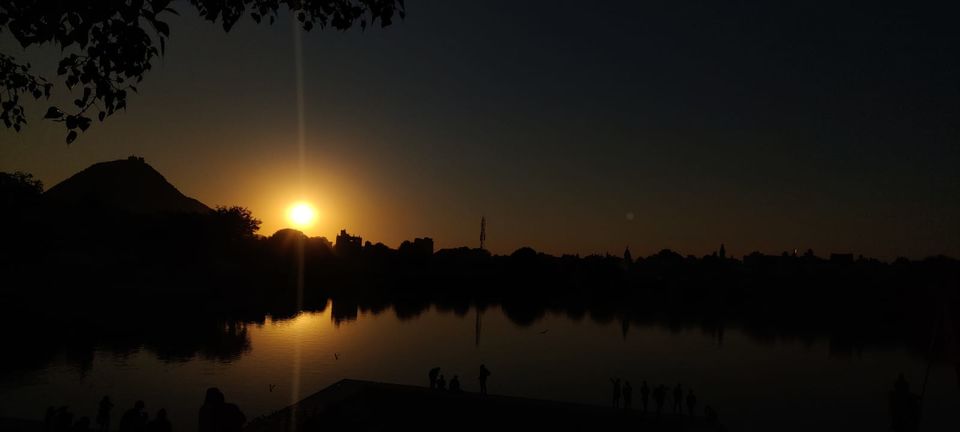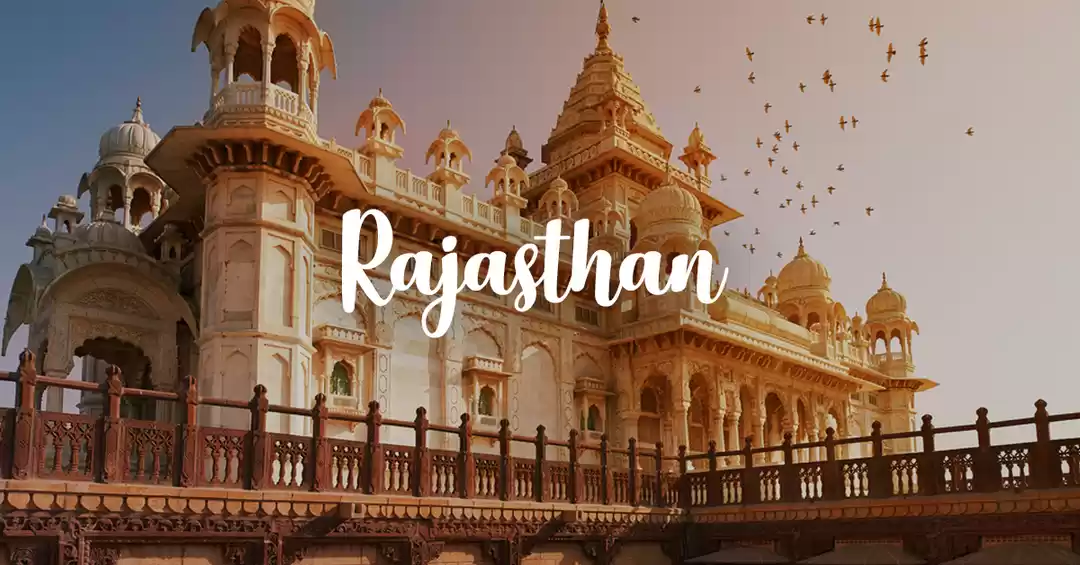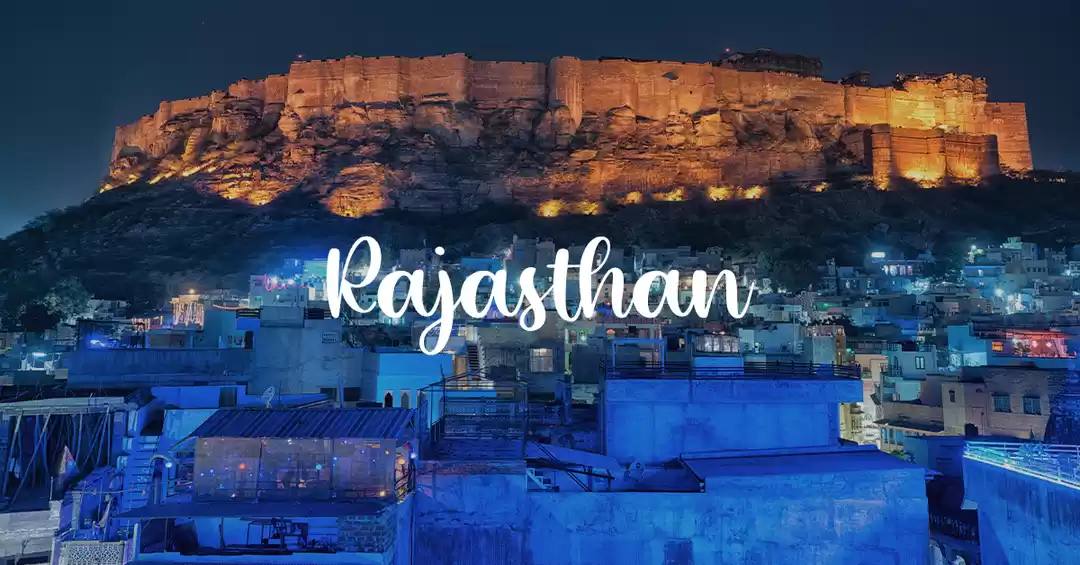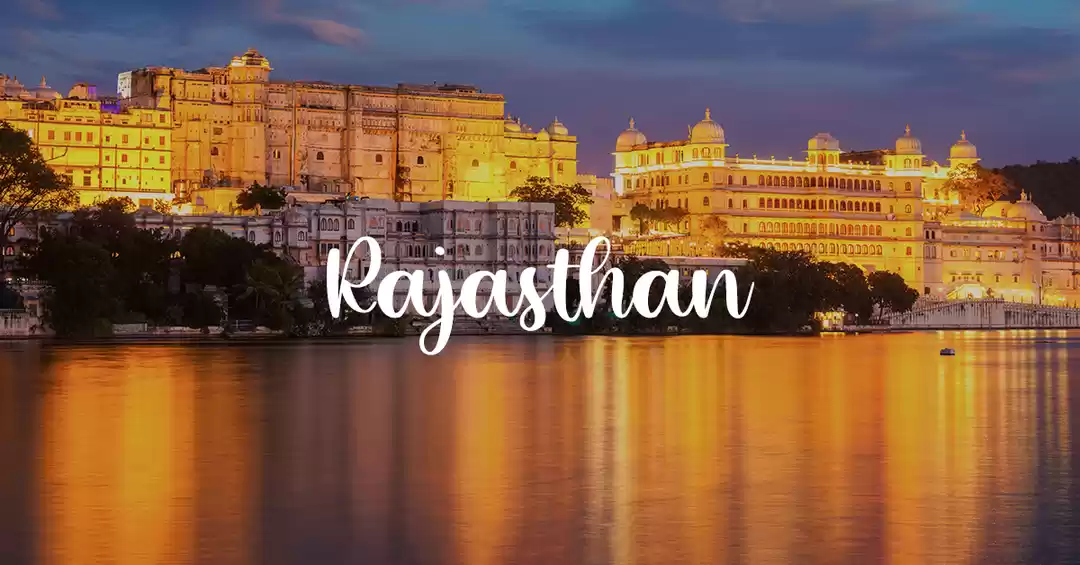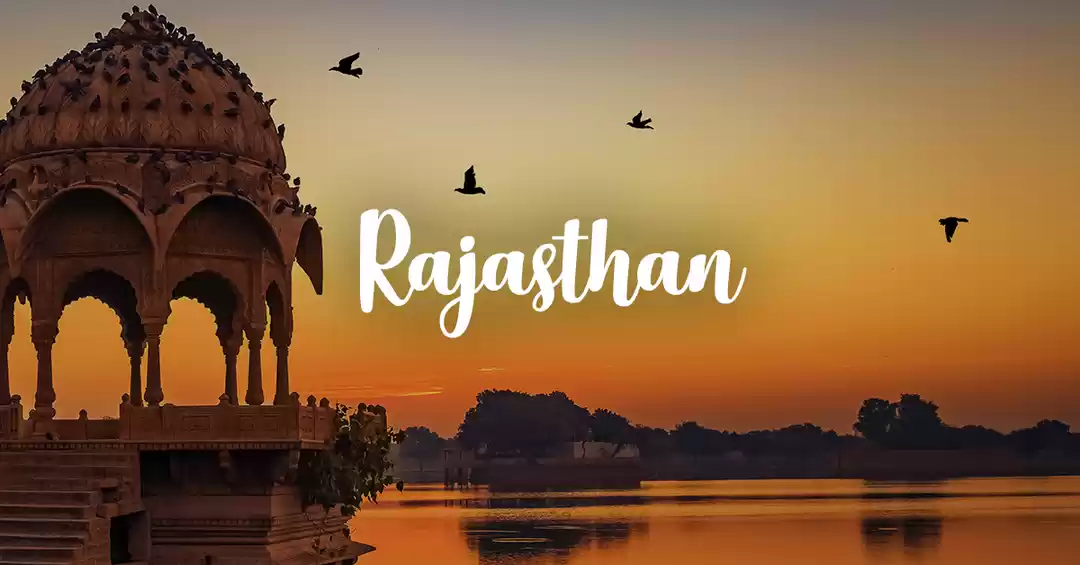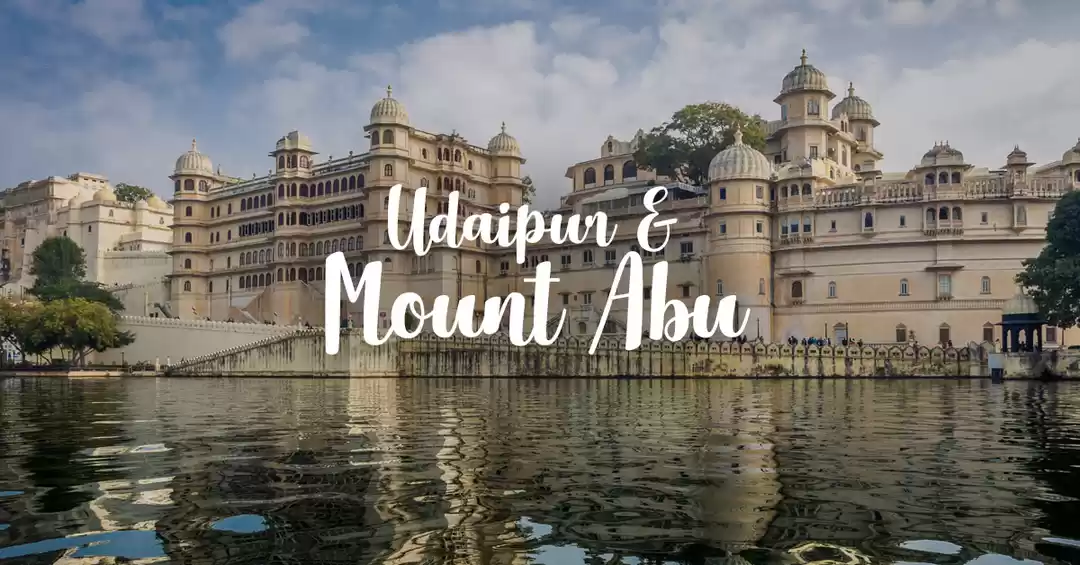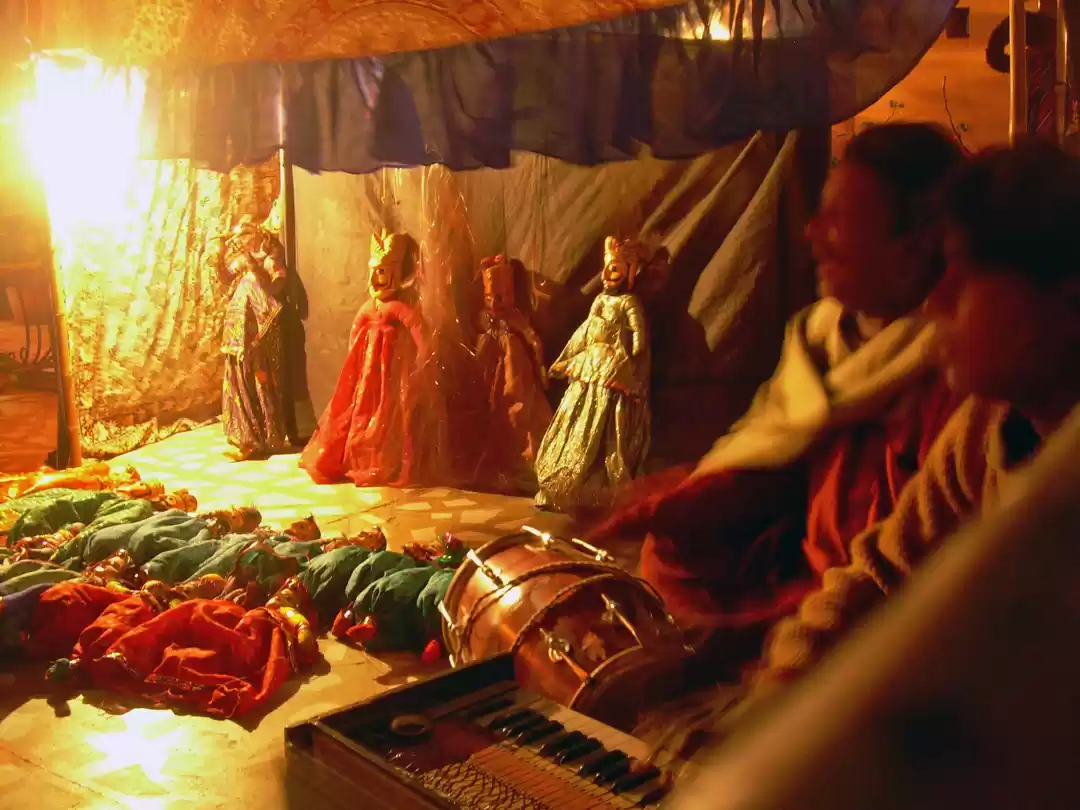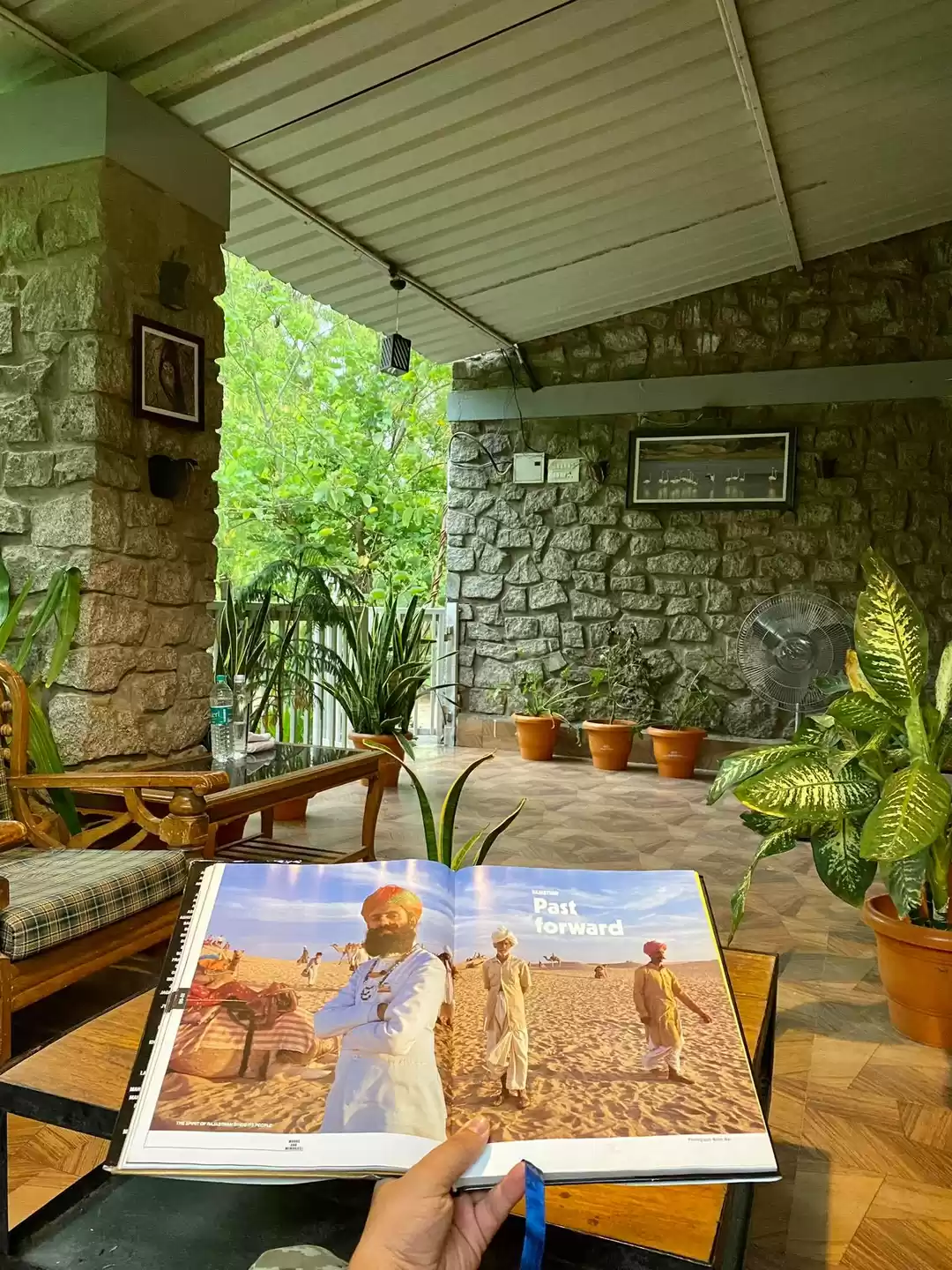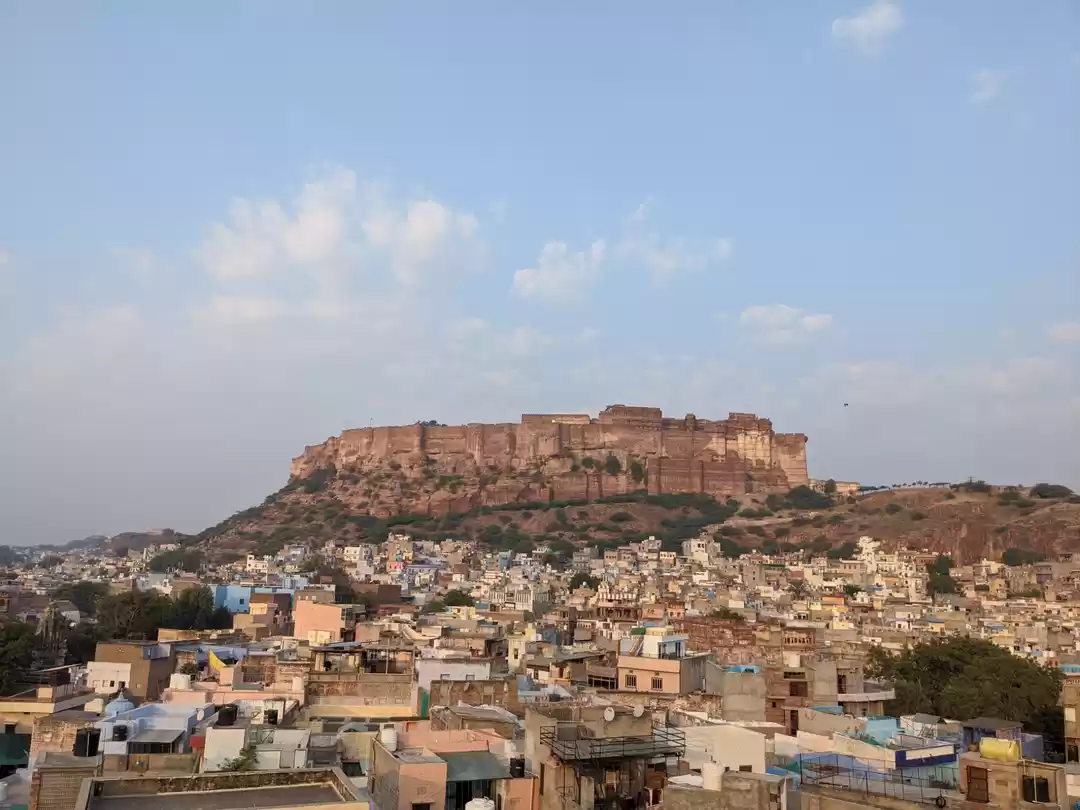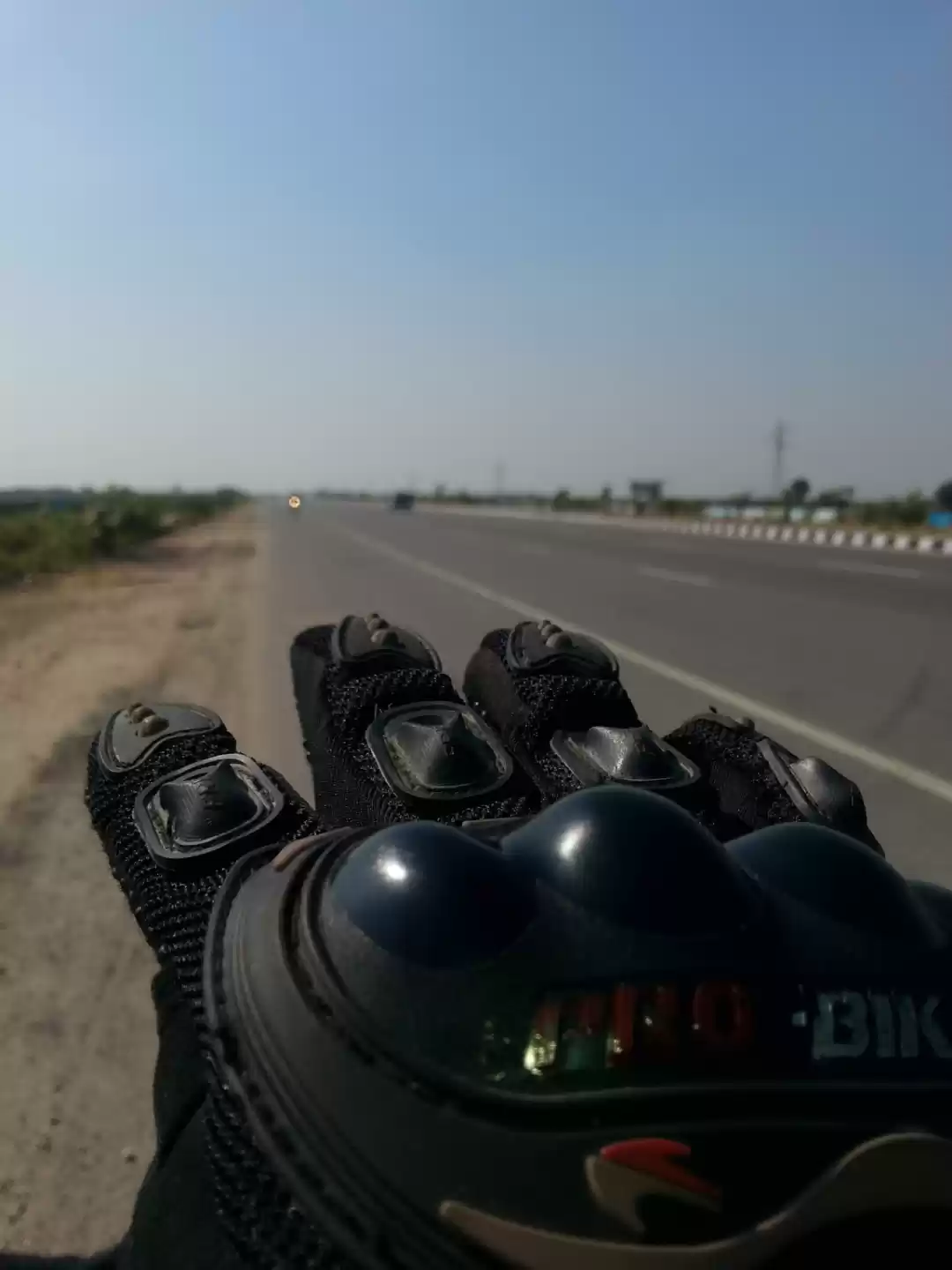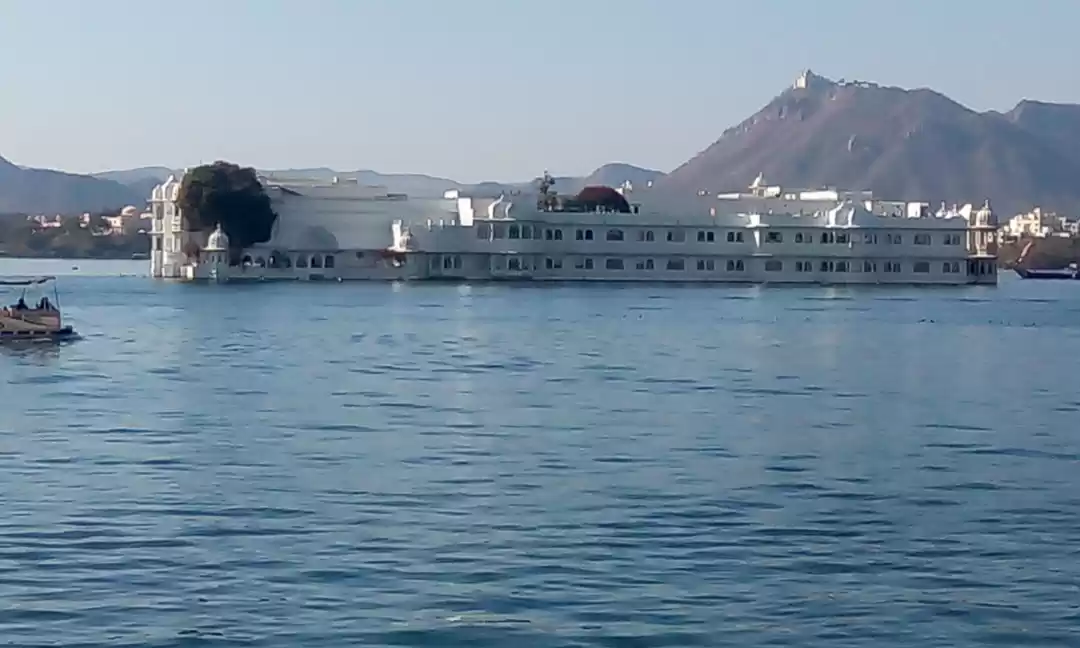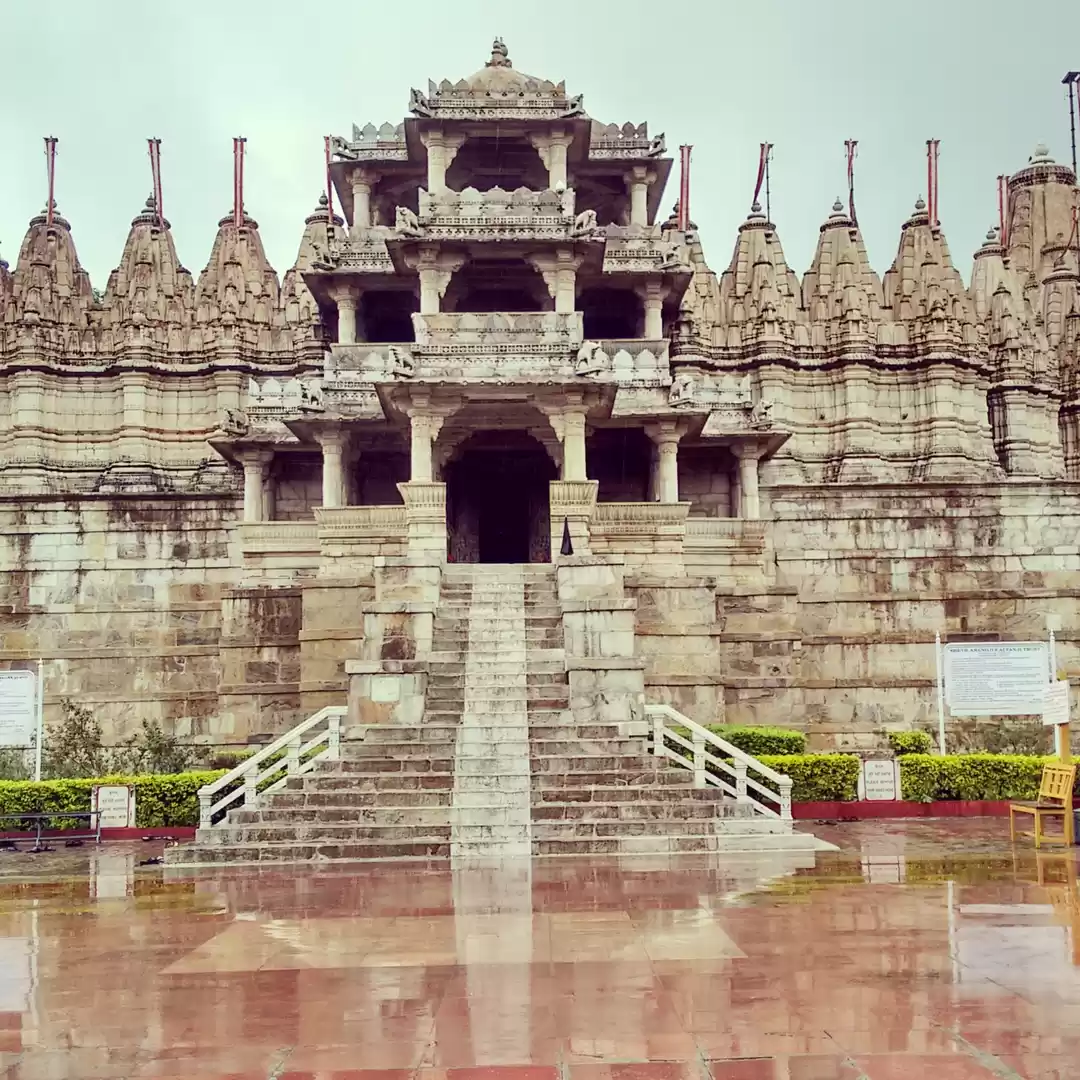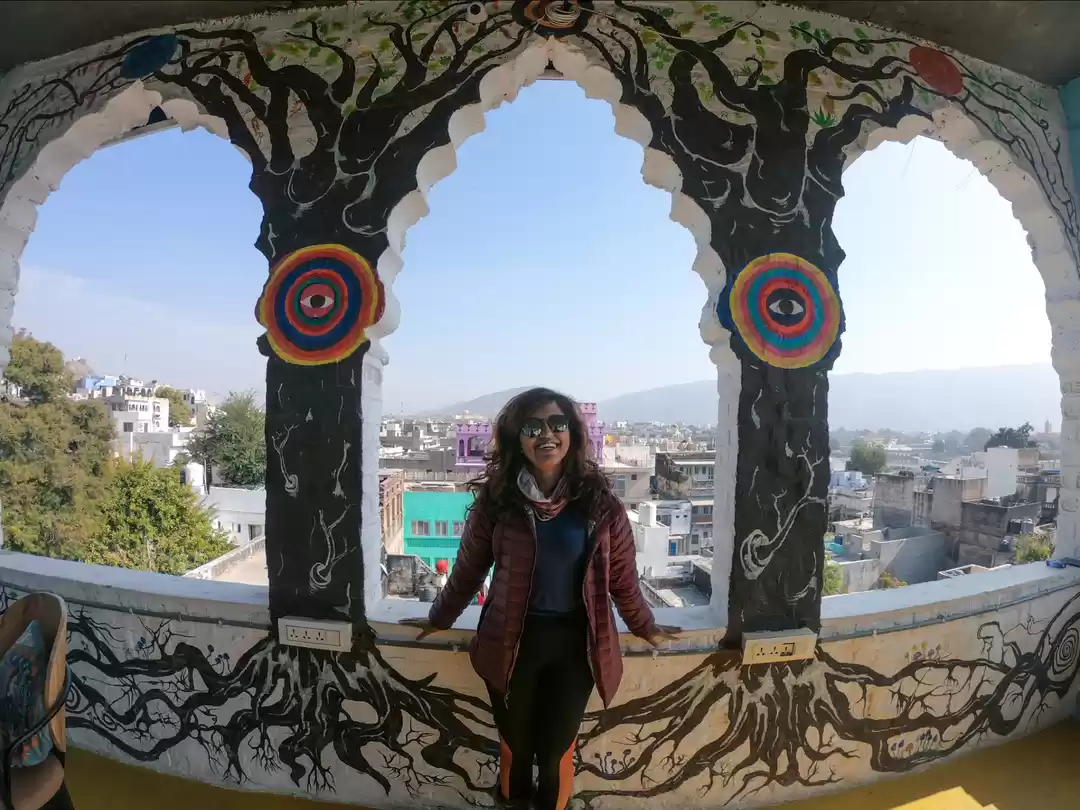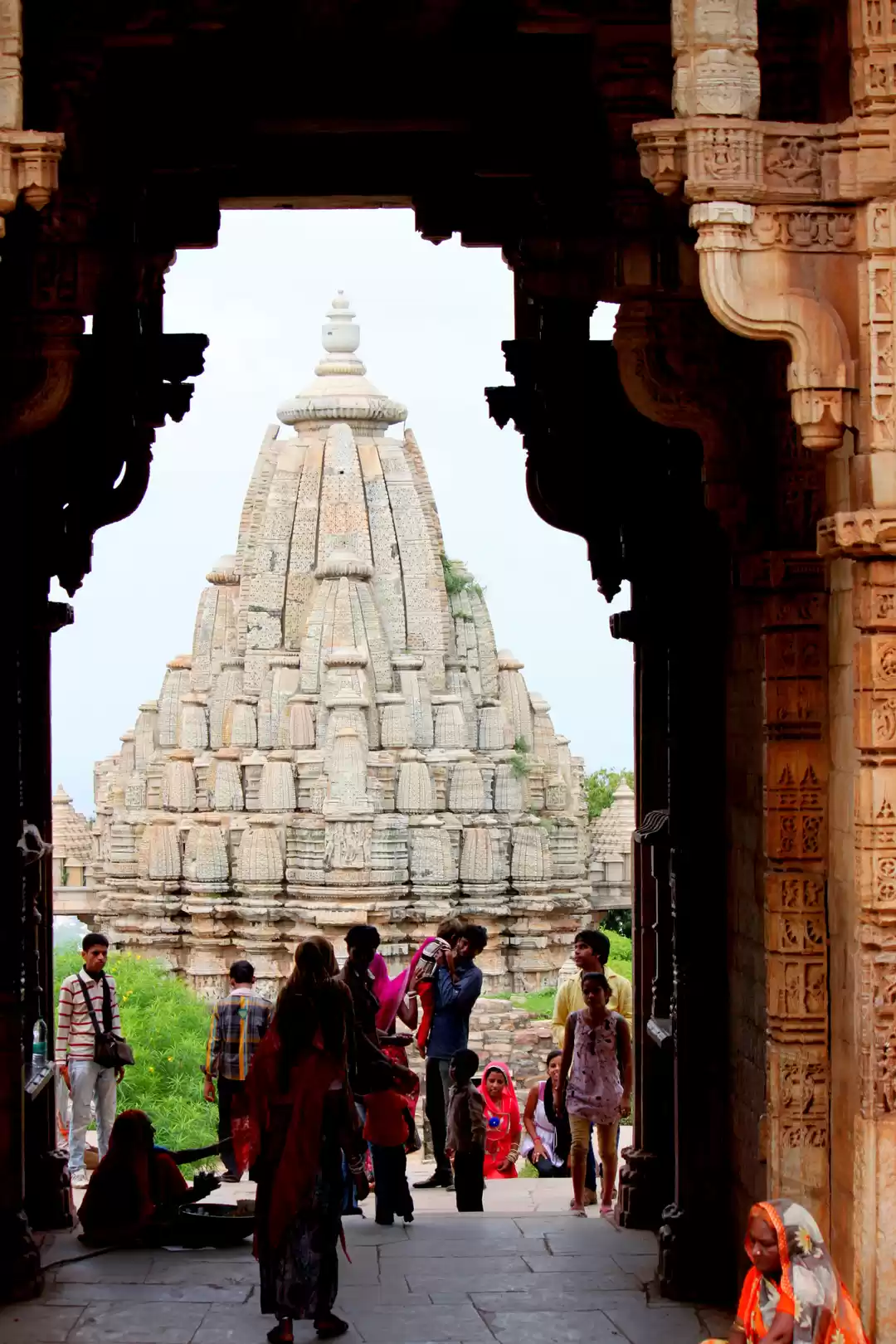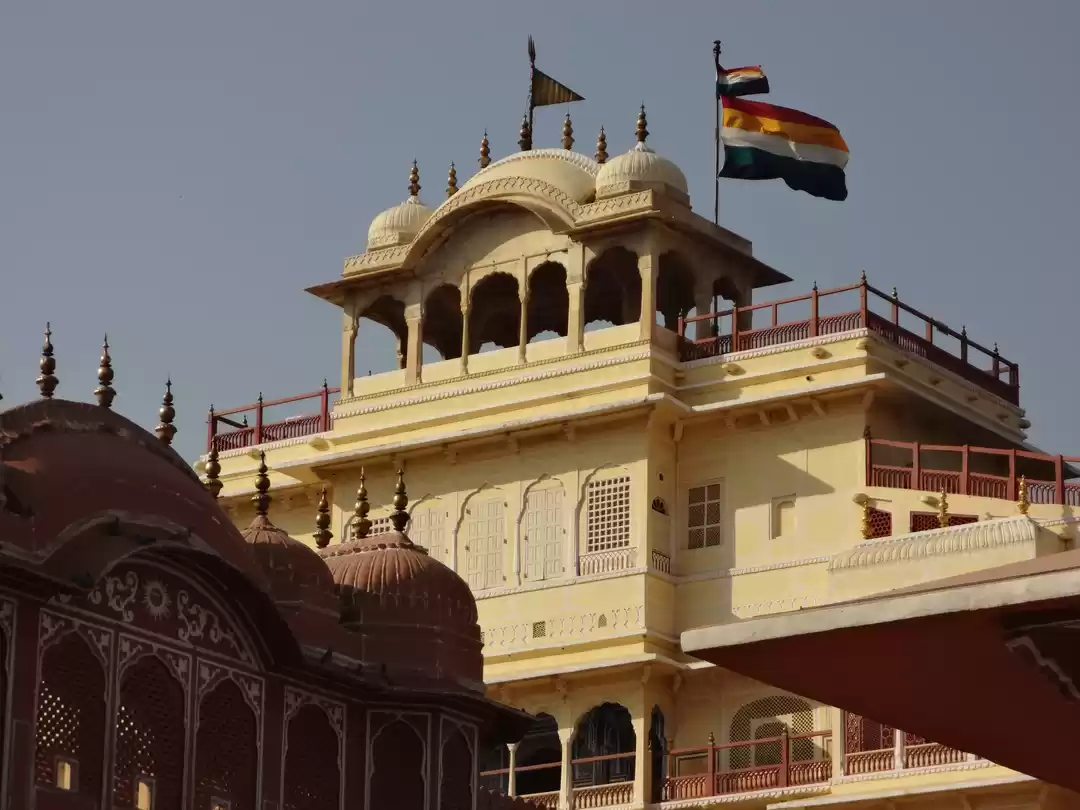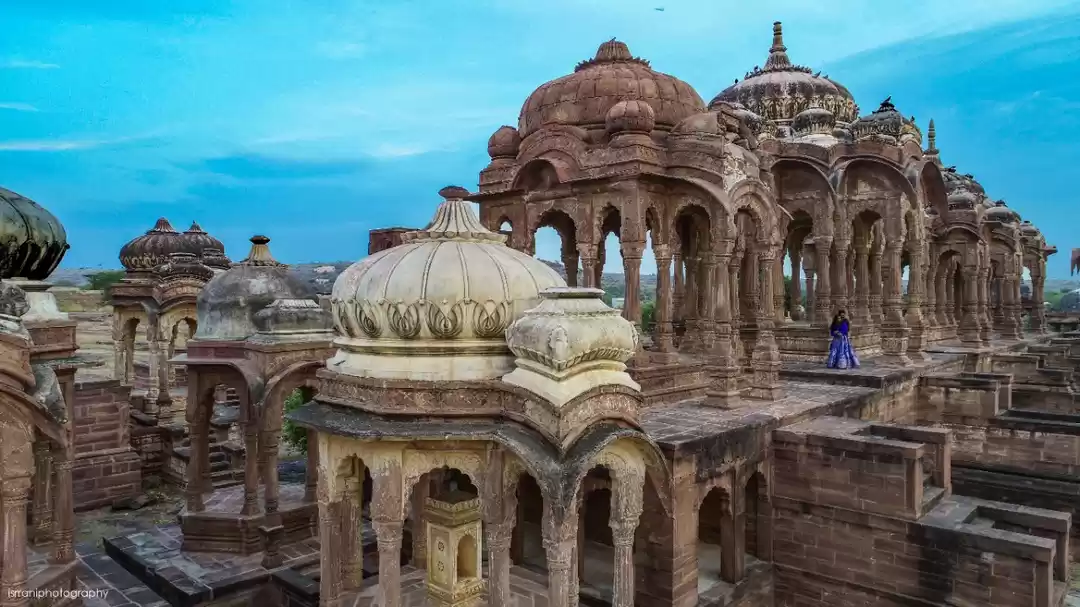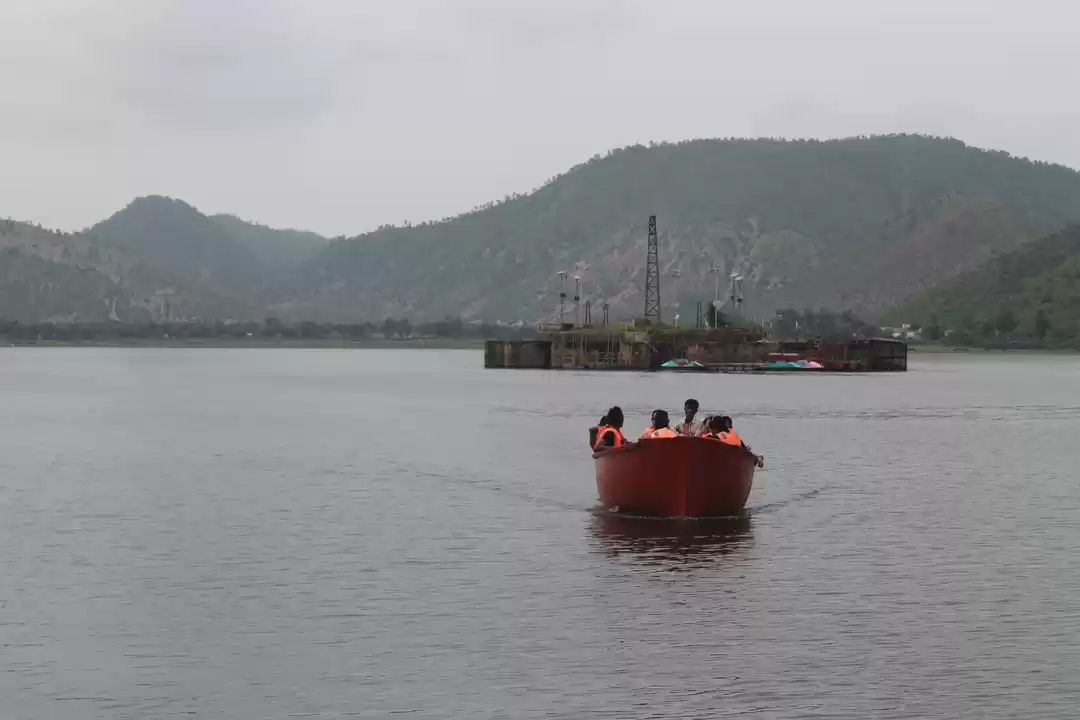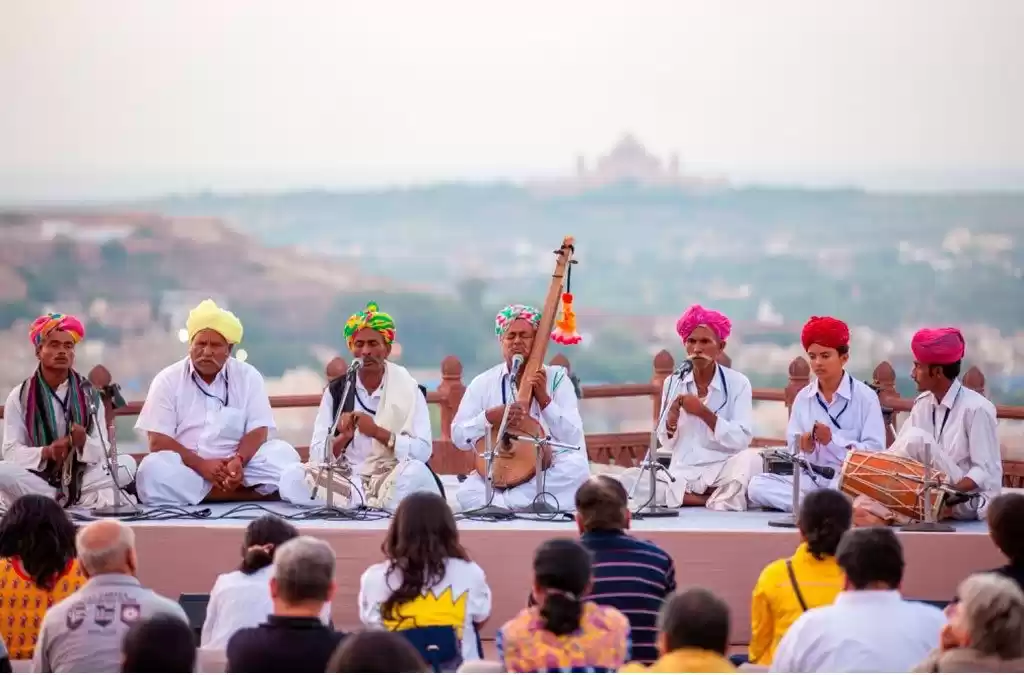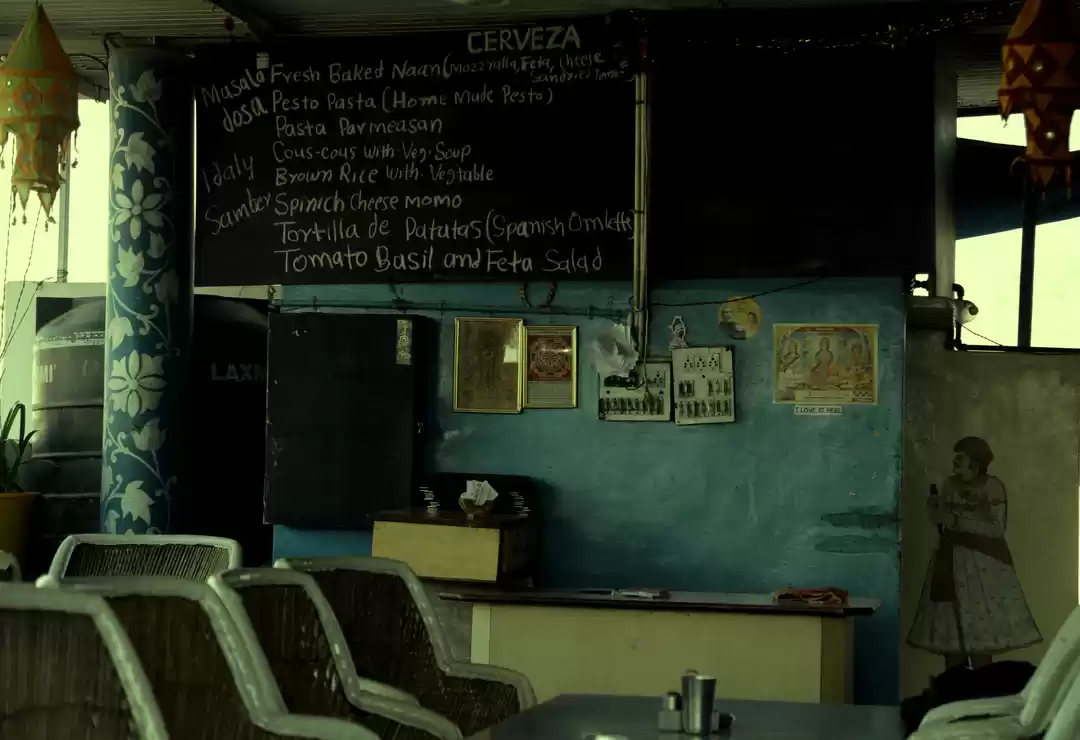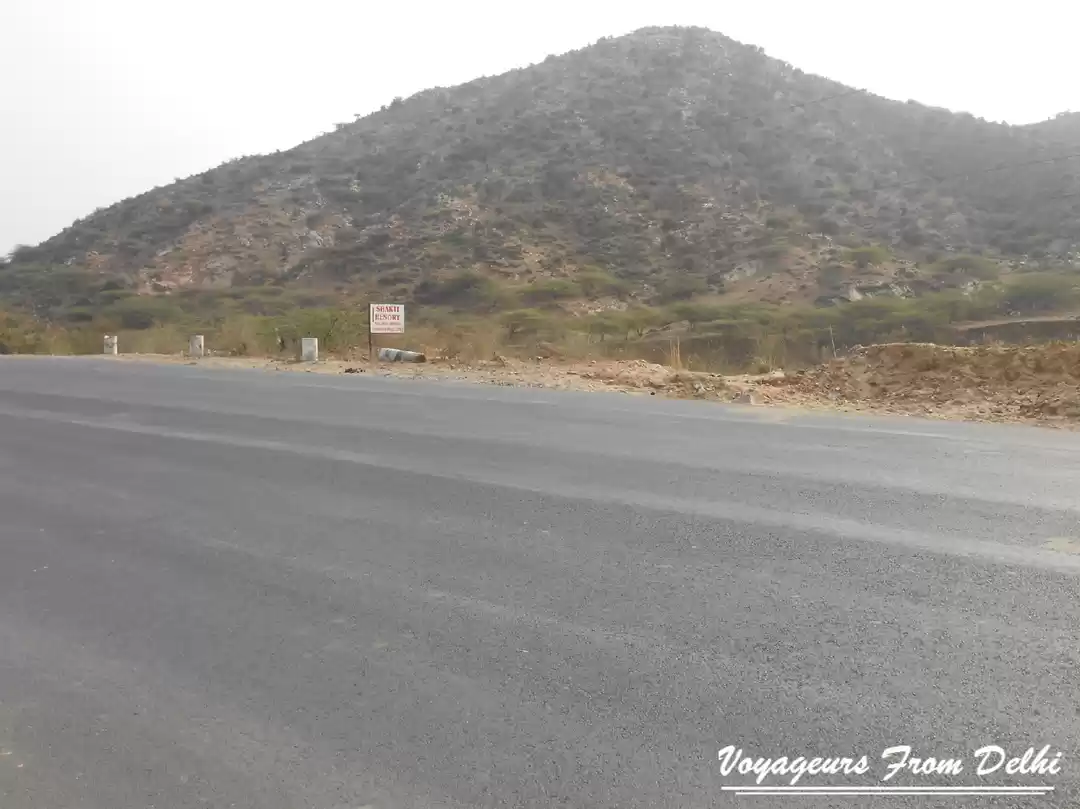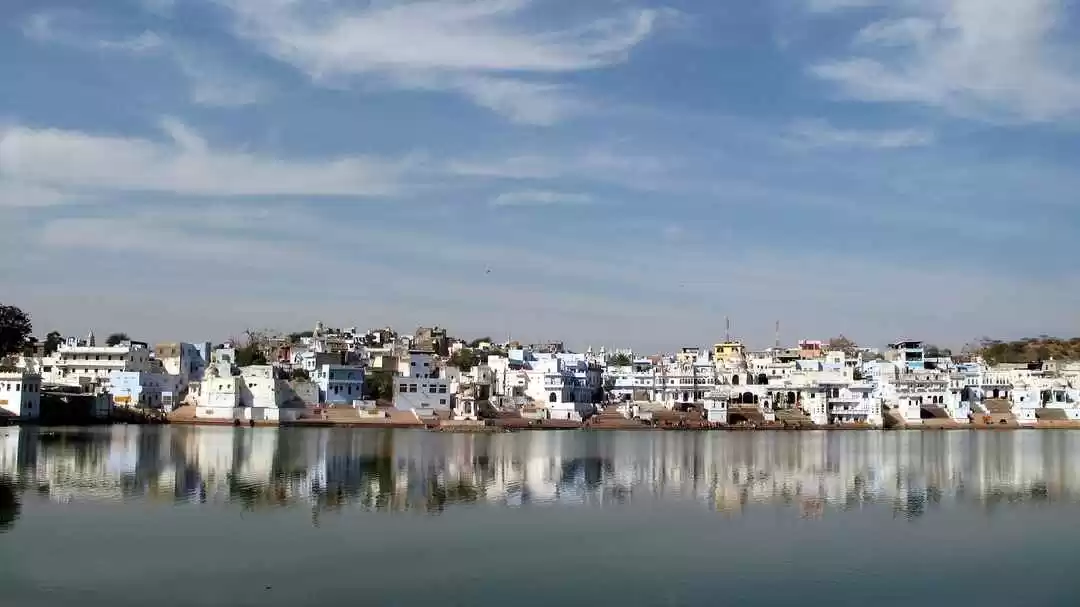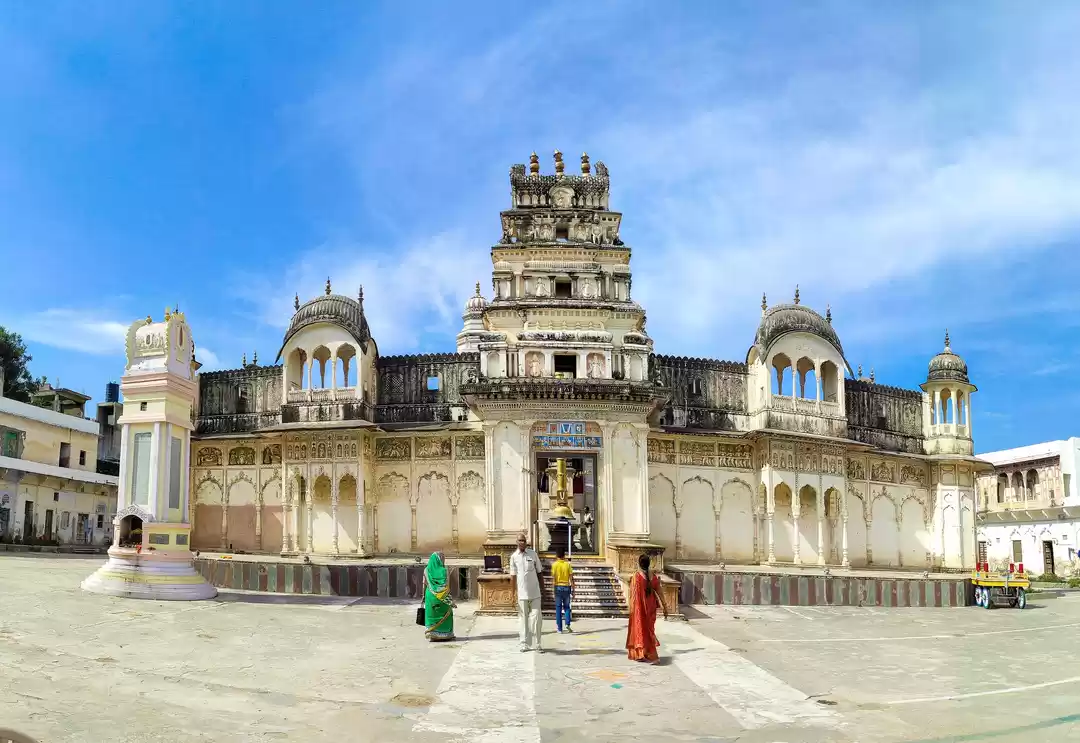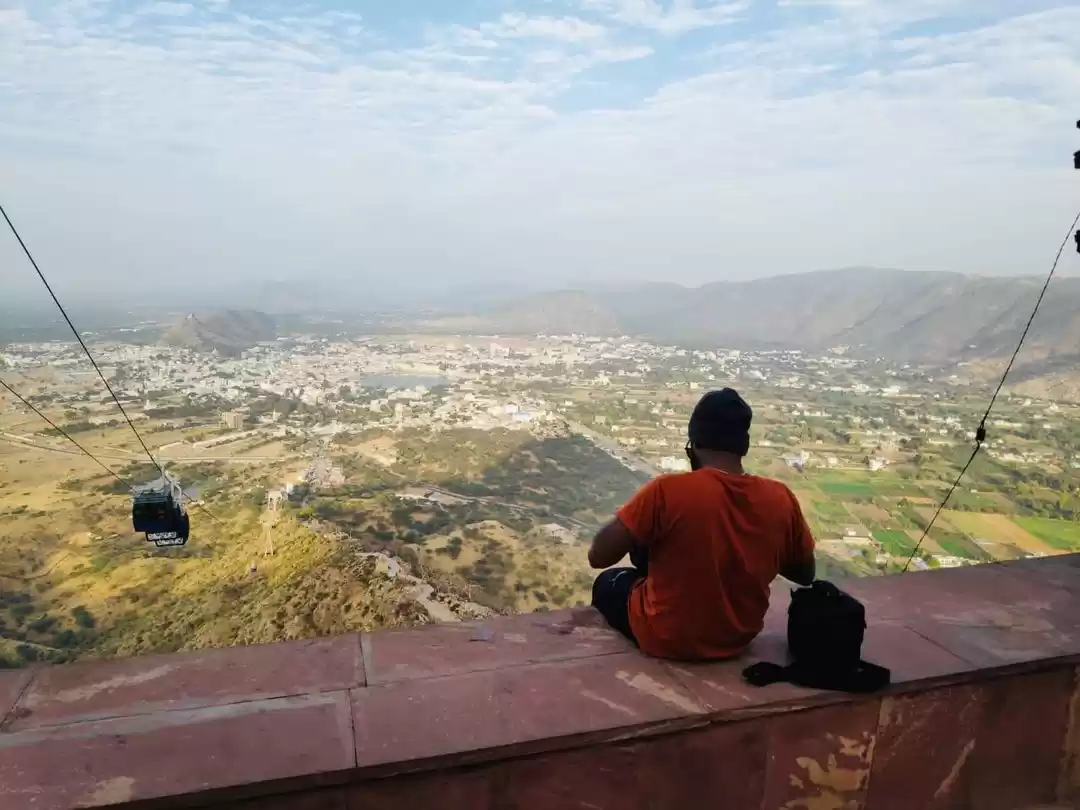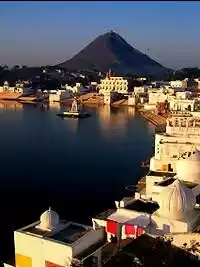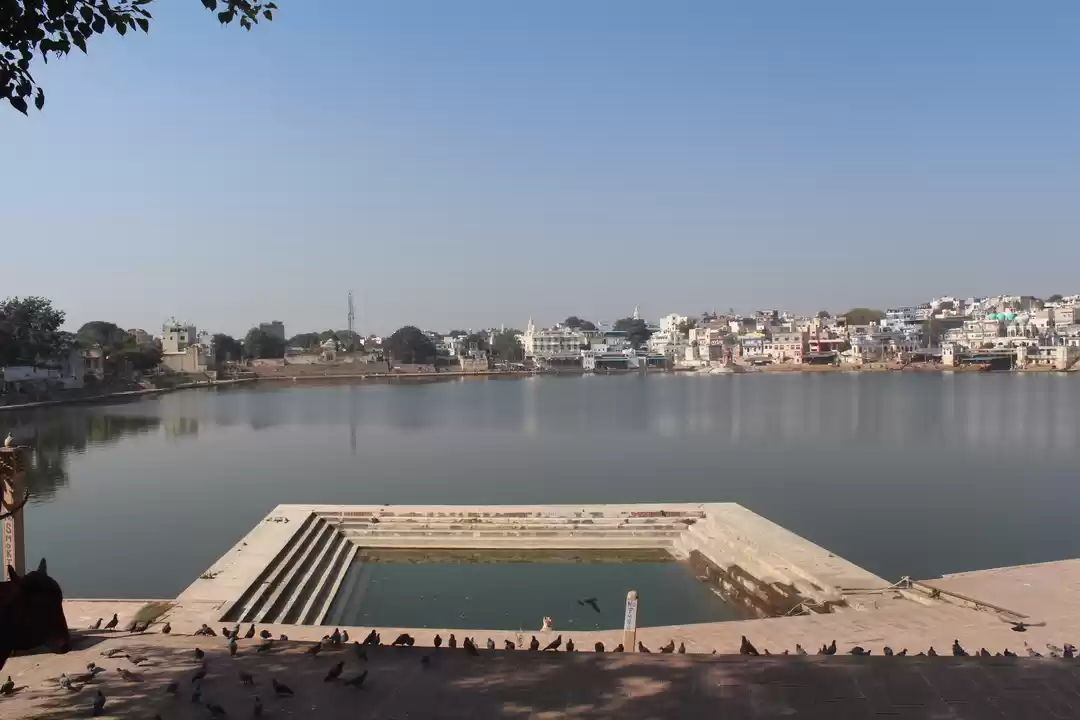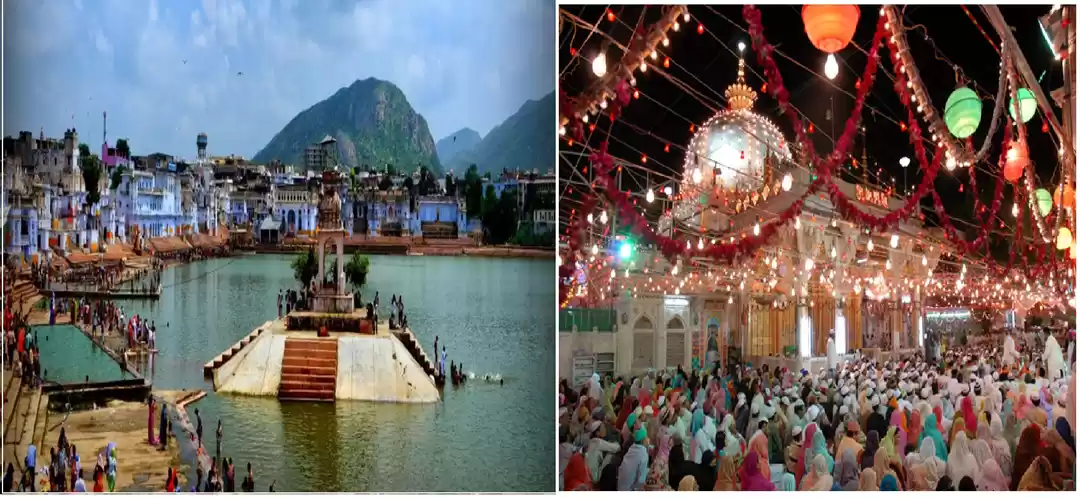I consider myself fortunate to begin the year 2023 in the revered lanes and ghats of the important pilgrimage city of Pushkar in Rajasthan.
This town, which is part of the Ajmer district, is particularly significant to Hindus because it is home to the sole temple dedicated to Lord Brahma, the universe's creator.
Infact the history of this Jagatpita Brahma Mandir is quite fascinating. According to the scriptures Lord Brahma slew the demon Vajranabha with his weapon, the lotus flower. In the process some petals of the lotus flower fell, thus creating the three lakes at Pushkar.
Then Brahma ji decided to perform a Yajna at the main Pushkar lake and advised his wife Savitri (also known as Sarasvati) to get ready. Savitri, along with her female companion, moved close by to prepare for the Yajna.
Although this portion of the narrative is rarely told, Naradji visited Savitri and advised her to prepare for the important event by dressing suitably, which she did after a short period of time. Meanwhile Narad visited Lord Brahma and advised him that the designated time for performing the yajna is passing by so he should choose a new companion and begin the yajna as soon as possible. As a result, Brahma wed Gayatri and finished the Yajna. Savitri became furious upon arriving at the location and vowed to Brahma that no one would ever worship him. However, after accepting his apology, she later announced Pushkar to be the first Tirtha (pilgrimage) for the Hindus. Thus, Pushkar continues to be the sole temple dedicated Lord Brahma.
Over the years the temple has witnessed many ups and downs. Many of the temples around the lake that were destroyed by Aurangzeb's troops were eventually restored by important Hindu communities.
I felt a great connection to Pushkar today as I was walking through the city's streets. Hare Rama Hare Krishna chants may be heard all around the Ghats. The tone of the evening was changed by the sinking sun. It gives the same feeling of being firmly planted in our roots as the ghats in Rishikesh or Banaras. I could relax for hours and recharge in the charged atmosphere. It offers our life some semblance outside of the rush and bustle of everyday.
One must experience feature about Pushkar is the genuine regional cuisine available at age-old roadside stalls. Kadhi Kachori, daal ki pakori, Mirch pakoda, Malpua, Rabri are some of the ‘to die for’ delicacies which are unique to this belt. If you don't indulge in these culinary treats while visiting the Holy Town, your trip will be lacking.
Another eye-catching sight is when people give milk and other (fresh) food to wandering cows and dogs. This is most common in smaller towns.
The streets of Pushkar are lined with vibrant bandhnis, mirror work, leather goods, hand embroidered handbags, macrames, cut glass lanterns, rugs, oxidized jewelry, etc. The indigenous people are evolving along with the times. Now we get to visit lots of German and French bakeries, as well as Italian cafes & pizzerias. Pushkar will therefore welcome travelers from anywhere.
“Real India lives is small towns and narrow streets.” I experienced it today. Sincerely, I'm delighted to get the new year off to such a great start.






